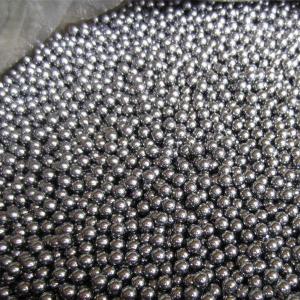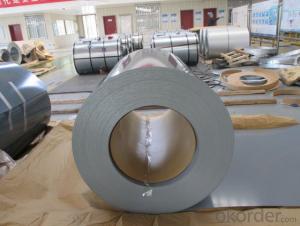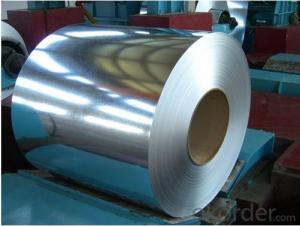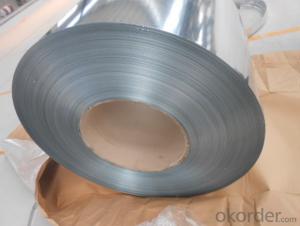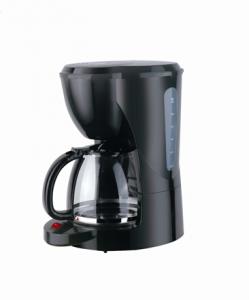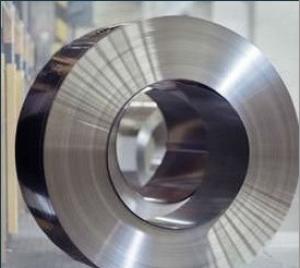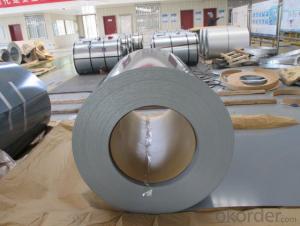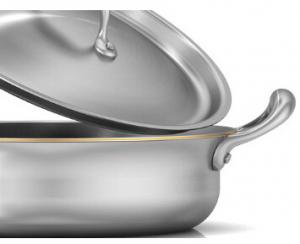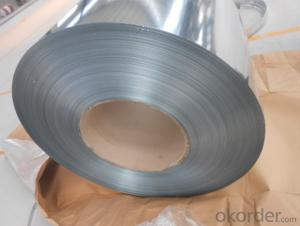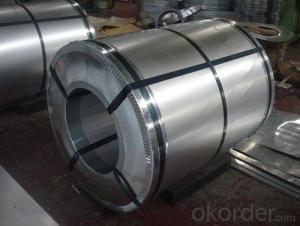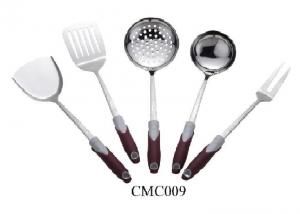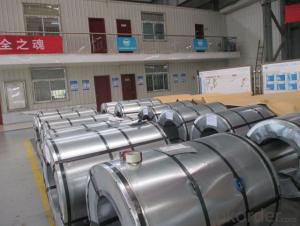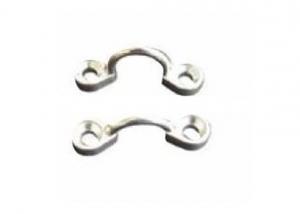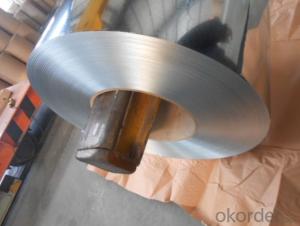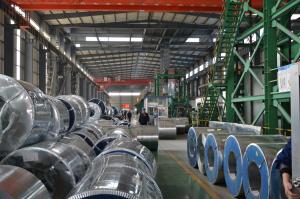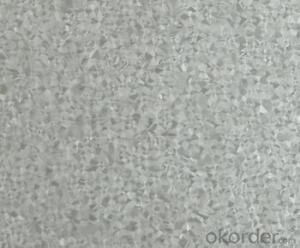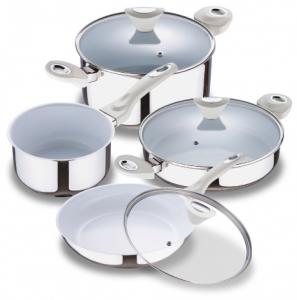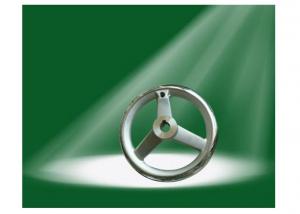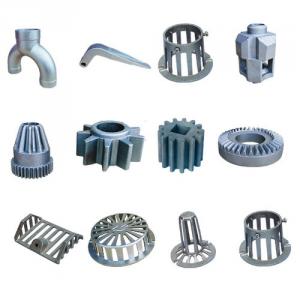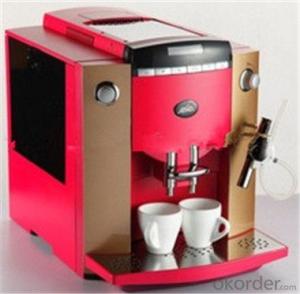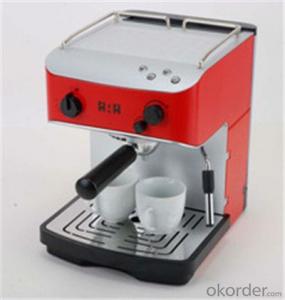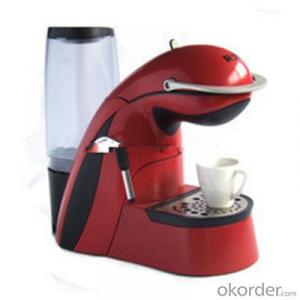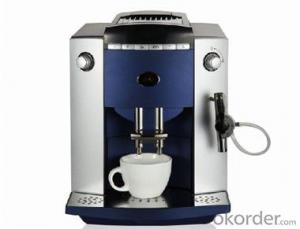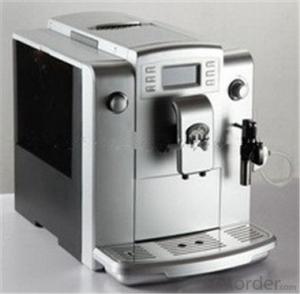Casio G Shock Stainless Steel
Casio G Shock Stainless Steel Related Searches
G Shock Stainless Steel Stainless Steel G Shock Casio Stainless Steel Lg Refrigerator Stainless Steel Lg Stainless Steel Refrigerator Stainless Steel Stainless Stainless Steel Lg Refrigerator Chrome Stainless Steel Stainless Steel Wall Clock Gua Sha Stainless Steel Thermos Stainless Steel Stainless Steel Gua Sha Stainless Steel Refrigerator Lg Gun Stainless Steel German Stainless Steel Fingerprintless Stainless Steel Kitchen Stainless Steel Gua Sha Tools Stainless Steel Ge Refrigerator Stainless Steel Chair Stainless Steel Stainless Steel Neckless Kitchen Aid Stainless Steel Oggi Stainless Steel Reloj Stainless Steel Back Stainless Steel Keurig Stainless Steel Refrigerator Ge Goo Gone Stainless Steel Contigo Stainless Steel Stainless Steel Ice Maker Royal Oak Stainless SteelCasio G Shock Stainless Steel Supplier & Manufacturer from China
Casio G Shock Stainless Steel is a collection of premium timepieces that combine the toughness and durability of the G-Shock brand with the elegance and sophistication of stainless steel materials. These watches are designed to withstand the rigors of daily life, while also providing a stylish and versatile accessory for various occasions. The Casio G Shock Stainless Steel line offers a range of models, each featuring advanced technology, such as solar-powered batteries, radio-controlled timekeeping, and water resistance, making them suitable for both professional and recreational activities.The Casio G Shock Stainless Steel watches are widely used in various scenarios, from outdoor adventures and sports to business meetings and formal events. Their robust construction and advanced features make them a popular choice among individuals who require a reliable and stylish timepiece. Whether you're a diver, a hiker, or simply someone who appreciates the blend of functionality and fashion, these watches cater to a diverse range of preferences and needs. The stainless steel construction not only adds to their aesthetic appeal but also enhances their durability, ensuring that they remain a dependable companion through various challenges.
Okorder.com is a leading wholesale supplier of Casio G Shock Stainless Steel watches, offering a vast inventory of these high-quality timepieces at competitive prices. As a trusted source for wholesale products, Okorder.com ensures that customers receive genuine Casio G Shock Stainless Steel watches, backed by the brand's reputation for innovation and reliability. With a commitment to customer satisfaction, Okorder.com provides a convenient and efficient platform for businesses and individuals to purchase these watches in bulk, making it an ideal choice for those seeking to stock up on this popular product.
Hot Products







